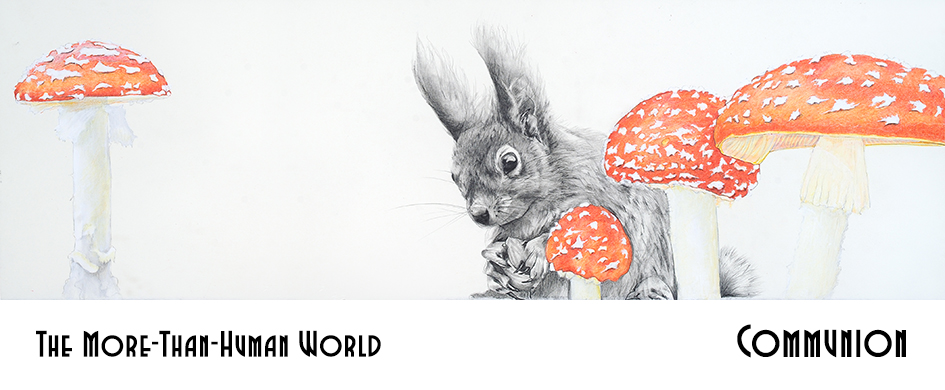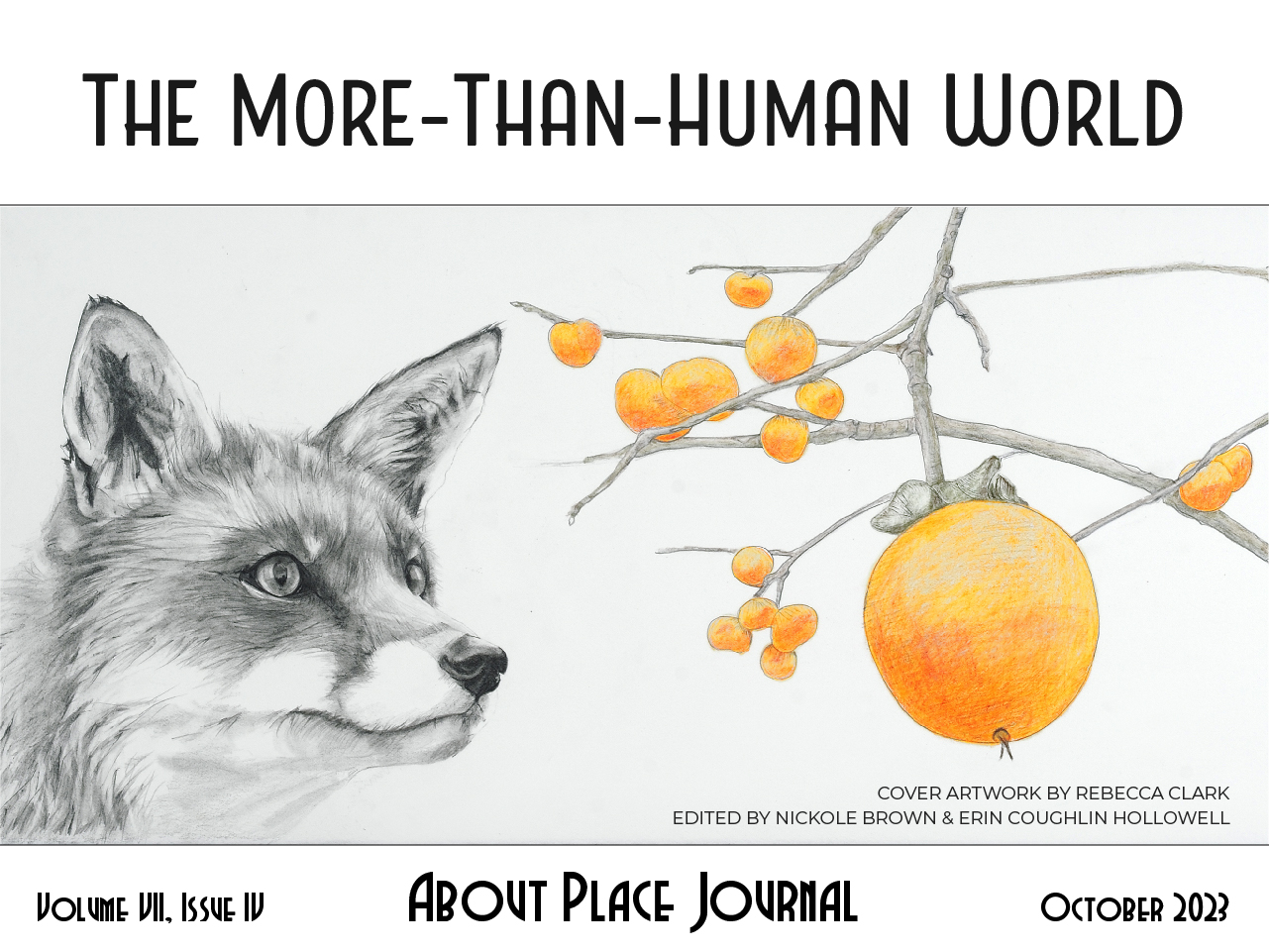Mano
Australians call them ‘men in grey suits.’ Hawaiians refer to them as aumakua or ‘ancestor spirits.’ The rest of us call them sharks. Hawaiian waters are commonly home to Galapagos, sandbar, scalloped hammerhead, tiger, and whitetip reef sharks. I’ve had the pleasure of seeing all of these magnificent creatures in the water, except the tiger—but I’m certain that many a tiger has had the curious pleasure of seeing me, my legs dangling like (skinny) hocks of ham from a surfboard, or, on one particular occasion, as I swam off the Leeward coast of O’ahu.
My then-girlfriend Lily and I posted up somewhere in the middle of a mile-long stretch of deserted beach cradled between two massive ridges snaking down from the Waianae mountains. She stretched out on a fractal-printed tapestry with a paperback; I stood at the edge of the wet sand, the boundary between two worlds. There was about three feet of swell that day, so the shorebreak was lurching and booming—open ocean swell can nearly double in size when it breaks in shallow water. The foamy remains of each detonating wave raced up the steep shoreline, rushed over my feet, then grasped at my ankles while sinking into the netherworld.
Before the next wave could rear up and unload on the beach, I ran to the water’s edge and dove in, arms arched above my head. The water was slightly murky so I swam out a couple hundred feet before turning parallel to the beach and freestyling my way down the coast, a strong longshore current hurrying me along. After about ten minutes of meditative catching and pulling, rolling and breathing, I turned around and started to make my way back.
Swimming against the current made for slow going. The alternating swells from my left and surges of backwash rebounding off the beach to my right made for a turbulent, almost queasy return journey. I stopped to check my progress and, while treading that almost-murky water—Lily just a tiny speck far down the beach—I was gripped by an uneasiness the likes of which I’d never before experienced, despite having spent thousands of hours in the sea. Something was out there with me. Watching me. I sensed not a malevolence, but an unnerving potence, the lifeforce of what could only be a tiger shark.
I tried to tell myself it was all in my head. I’m not one for paranoid suspicions or panic, but I realized I was offshore from a jagged rock shelf and would have to fight the current to get back to a sandy landing spot. I didn’t have much choice, whether a tiger was stalking me or not, so I dipped my head and swam, not quite like my life was at stake, but about as fast as I could. The strike never came. I made it back to where I’d started, timed my exit between two waves, and jogged up the shore with nothing more than thundering surf nipping at my heels. Not thirty minutes later, a lifeguard rumbled up on a bright red ATV, stabbed a caution sign into the sand, and told us that he’d just spotted a tiger shark.
Mo’o
Coconut palms are an ecosystem unto themselves. Their smooth gray trunks are pockmarked by burrowing mites and beetles. These arthropods breed inside the trees—their larvae survive by devouring the innards, eventually killing their hosts. Long before then though, these little hollows serve as hermit-crab nests for gold dust day geckos (mo’o), who nestle their pearl-sized white eggs into found-wood cradles. A thriving multispecies nursery. I discovered all this when I was a boy. It now seems almost reckless to have explored so freely at just nine years old, often without even my older brother; but the island was my safe haven, a coconut palm nest found by my parents.
On a solo journey to the beach park, pressed against one such pockmarked tree to shade myself from the withering midday sun, I first saw them. Too curious perhaps, gentle, dexterous fingers collected a trio of eggs. From one palm to another, I cupped them in my hand and carried them home. Shells so thin that beneath bright sunlight they were near-transparent, a dark, squirming life visible within.
Into a zippered camera case turned makeshift terrarium, I tossed a few handfuls of grass and leaves then waited for my new friends to hatch. Their emergence was sublime: a tiny crack, a yawning shell, then a ball of mucus and slime unfurling into a miniature dinosaur, its chest expanding with breath and fluttering with rapid heartbeat. Glassy eyes and flicking tongue searching. But not for long. I had no idea what to feed them.
Palaoa
The chattering of seagulls. Gastrointestinal gurglings. A paradoxically festive dirge. A haunted synthesizer. Should you, on a sun-drenched winter afternoon—needing to cool off during a long lull between sets of waves—slide from your surfboard and dive just a few feet beneath the surface, these are the enchanting echoes that will embrace you. They are, of course, the songs of humpback whales, wintering and calving in Hawai’i’s welcoming brumal climes.
After such a joyous surprise, should you then find yourself compelled to study the amazing confluence of human and more-than-human beings inhabiting Hawai’i, or to examine the world’s largest collection of Polynesian artifacts, you’ll have yet another uncanny encounter with the palaoa.
Suspended above the central gallery of Bishop Museum’s Hawaiian Hall, within the Romanesque Castle Building of hewn basalt blocks, you’ll marvel at the 55-foot skeleton of a 100-year-old sperm whale, the first specimen of its kind, half-revivified with painted papier mache. You’ll ascend to the third-floor landing encircling the hanging gallery of Pacific creatures—a Laysan albatross here, a spotted eagle ray there—your hand gliding along the polished koa wood railing, and traverse to the barren half of the whale to see the exposed bones of this ancient leviathan.
Yet the elephant in the room is behind you—a collection of glass-encased exhibits narrate the illegal, armed overthrow of the Kingdom of Hawai’i: in 1893, led by the descendents of the first wave of missionaries, insurgents imprisoned the deposed Queen Lili’uokalani within the only royal palace in what is now the United States. You’ll turn back to the whale, musing about how easy it is for wonder to distract us from injustice.


